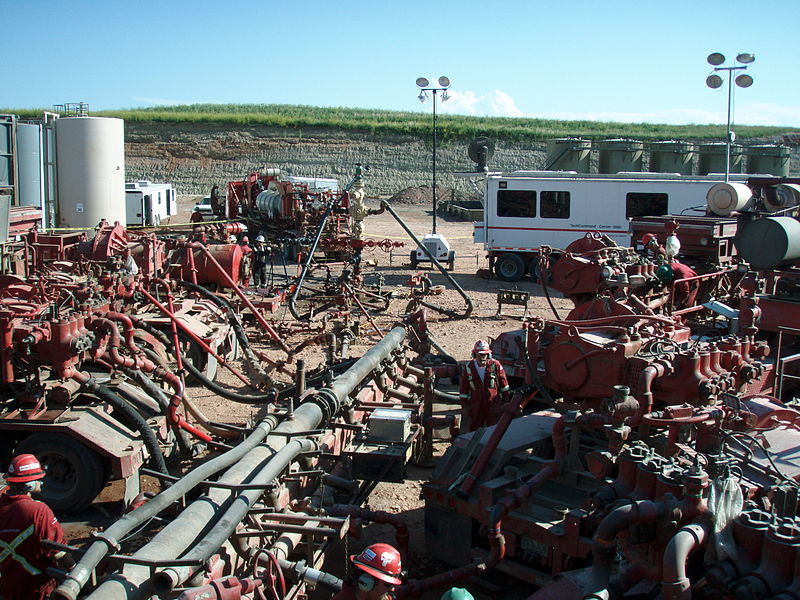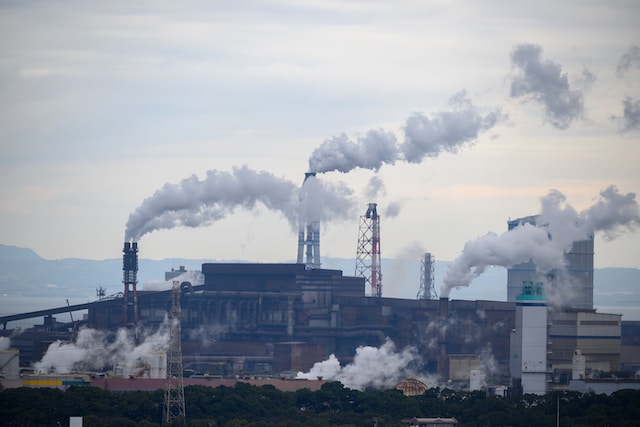Hydraulic fracturing fluid is essential for creating fractures to tap unconventional oil and gas resources.
The fracturing fluid is comprised of approximately 90% water mixed with chemicals to effectively create thin, long fractures distributed over a larger area.
But the method is controversial due to contamination of vast amounts of freshwater
Recently, a team of researchers from the Chinese Academy of Sciences and China University of Petroleum in Beijing evaluated the carbon dioxide to substitute for water as a dry fracking agent.
Experts found carbon dioxide better at breaking up the shale compared with the use of a water-chemical mix
They noted that oil production was increased by around four- to 20-fold with the CO2 fracturing process. Dry fracking could be an environmentally sustainable alternative which could resolve water contamination issues.
But injecting CO2 to extract hydrocarbons could lead to more carbon emissions
Hannah Chalmers, a senior lecturer at the University of Edinburgh said “CO2 fracking might ultimately have environmental benefits compared to fracking with water, but this study does not include the analysis that is needed to establish whether CO2 fracking is likely to lead to an overall reduction in global greenhouse gas emissions,”







